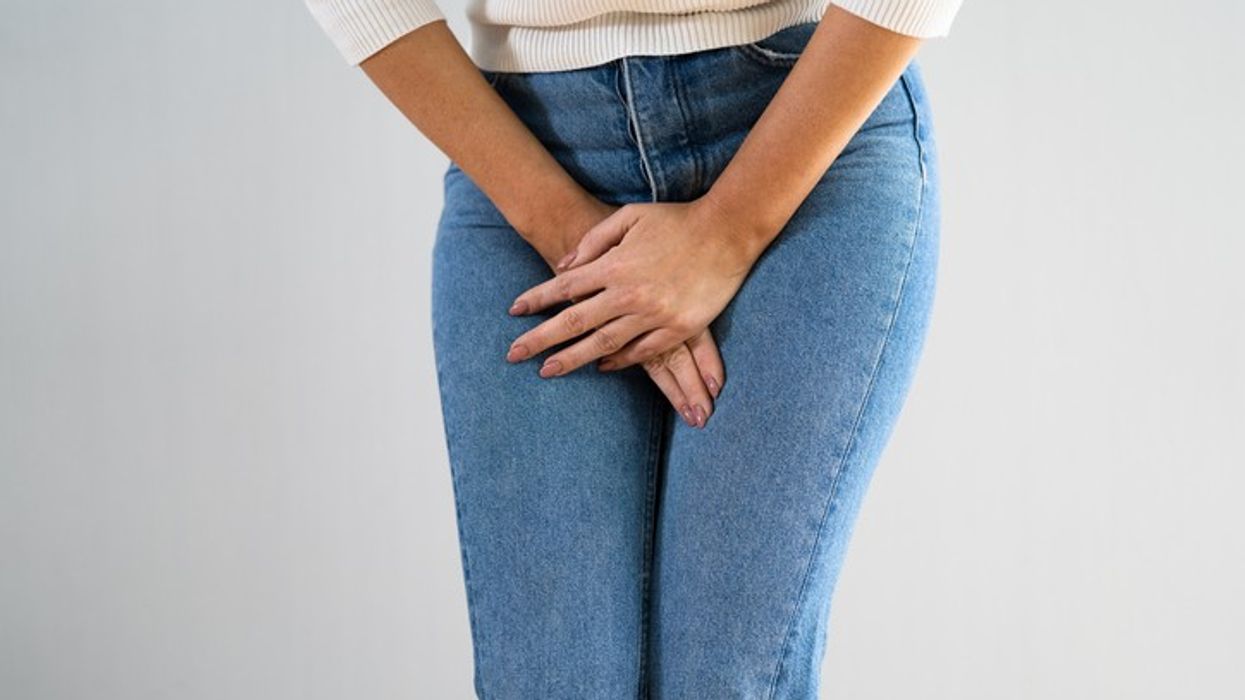Stress incontinence happens when the muscles and tissues that provide support to the urethra or pelvic floor muscles and the muscles that regulate urine release become weakened, the Mayo Clinic informs. As the bladder fills with urine, it expands.
Stress urinary incontinence (SUI) is a prevalent condition that impacts many individuals all over the world. It is characterised by the unintentional release of urine during physical stress, such as coughing, laughing, or exercising.
Although SUI can be a challenging and humiliating condition, it is possible to manage and treat it effectively with the right approach, the Times of India explains.
Causes
According to Cleveland Clinic, stress urinary incontinence occurs when the pelvic floor muscles and urinary sphincter are weakened, leading to accidental leakage of urine during physical activities that put pressure on the bladder and urethra. As mentioned above, these activities can include coughing, laughing, exercising, or even just bending over.
Dr Ruchi Bhandari, consultant gynaecologist, infertility specialist, and director, of Mishka IVF Centre, Jaipur, India is reported to have said, “The main cause of SUI is a weak pelvic floor. The pelvic floor muscles help to support the bladder and control urination.”
She adds, “Over time, these muscles can weaken, leading to SUI. Pregnancy and childbirth, menopause, aging, and obesity can also contribute to the weakening of the pelvic floor muscles and increase the risk of SUI. Women are more likely to experience SUI than men, but anyone can be affected by this condition.”
Symptoms
The primary symptom of stress incontinence is urinary leakage during moments of bladder pressure. In mild cases, urine may only leak in small drops during the activities like laughing, coughing, sneezing, or heavy exercise.
However, in more severe cases, moderate to heavy urinary leakage can also reportedly occur during less strenuous activities, such as standing up or bending over.
Some individuals with severe stress incontinence may even experience urine leakage during sexual intercourse.
Treatment & management
There are reportedly numerous approaches accessible for treating SUI. One well-known and successful treatment is pelvic floor muscle exercises, which are also called Kegels.
These exercises can strengthen the pelvic floor muscles and aid in preventing and managing SUI.
Making lifestyle modifications such as shedding excess weight, quitting smoking, and avoiding bladder irritants can also be effective in decreasing SUI symptoms.
Exercise to strengthen pelvic floor muscles:
- To strengthen your pelvic floor muscles, sit comfortably and contract them 10 to 15 times.
- Make sure to breathe normally and avoid tensing your legs, buttocks, or abdomen at the same time.
- As you become accustomed to performing pelvic floor exercises, you may want to try holding each contraction for a few seconds.
According to Dr Bhandari, medications such as antimuscarinics and beta-3 agonists can be prescribed to reduce SUI by relaxing the bladder muscles.
In severe cases, surgery may be required to repair the pelvic floor muscles or bladder neck through a sling procedure.
Laser therapy is reportedly another effective treatment that utilises CO2 lasers to improve the strength and elasticity of the pelvic floor muscles.
This non-surgical and minimally invasive procedure is performed by cosmetic gynecologists and provides long-lasting results, reducing the need for bulky incontinence products.
The resolution of SUI can lead to an improved quality of life and increased confidence for women.






 Jahanvi Tiwari is reshaping global beauty by celebrating brown skin Jahanvi Tiwari is reshaping global beauty by celebrating brown skin
Jahanvi Tiwari is reshaping global beauty by celebrating brown skin Jahanvi Tiwari is reshaping global beauty by celebrating brown skin  Jahanvi Tiwari celebrates brown beauty for a global audience
Jahanvi Tiwari celebrates brown beauty for a global audience The Brown Daughter creator champions inclusivity and self-confidence
The Brown Daughter creator champions inclusivity and self-confidence Jahanvi Tiwari turns representation into a lifestyle movement
Jahanvi Tiwari turns representation into a lifestyle movement 






